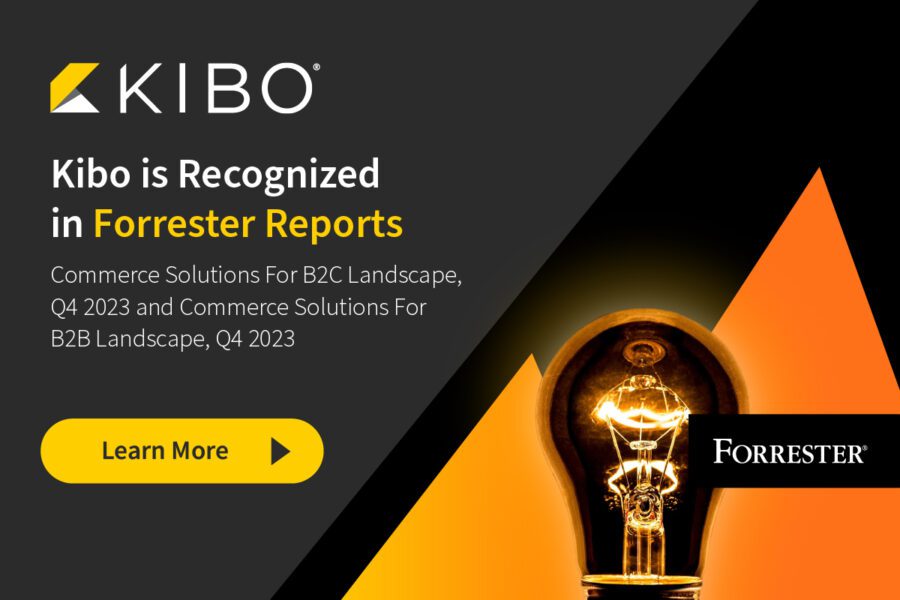Headless commerce has set the world of eCommerce alight in recent years, with the ability to separate the delivery of content from the processing of payments and other commerce services–providing marketing, technology, and eCommerce leaders with the flexibility they need to deliver innovative digital experiences.
And this technology has spawned other innovations. Developers have built on the potential of headless, creating solutions that further free eCommerce businesses to design their own unique tech stack and gain even more control over their online brand.
One such development has been composable commerce which, as the name suggests, hands marketing, technical, and business teams the capacity to compose a commerce platform that suits their individual needs.
Basic Definitions: Composable and Headless
Headless commerce
Headless commerce separates the frontend delivery part of your eCommerce setup (the part that your customers experience) and the backend service provision (checkout, catalog, etc.).
This is the foundational technology that further advances like composable are based on.
The separation of the two parts of the eCommerce equation is significant because it allows them to operate independently of each other, meaning that the backend is not reliant on a frontend built in the same language or framework to deliver services. Instead, API calls facilitate communication and send instructions between the two parts.
Composable commerce
In 2020, Gartner noted the need for online businesses to move to a more modular model of organizing their tech stack. They argued that a separation of functions into discrete modules would allow businesses to change aspects of their technology more efficiently.
They called this shift composable commerce.
As applied to eCommerce, this modular approach has allowed online businesses to gain more control over the customer experience across multiple touchpoints. Brands can put their in-house teams in charge of everything from the eCommerce services they deploy behind the scenes to how their customers experience the brand.
Composable suits digitally mature businesses that have the capability to take more of their content and delivery of services into their own hands, meaning they’re less reliant on commerce platform vendors to manage backend services.
Composable and headless: the advantages
Composable and headless are not the same thing: Composable commerce is a business practice enabled by headless technology.
But they are related to each other and share some of the same benefits:
- Greater flexibility – As your frontend delivery is no longer reliant on your backend systems, you have much greater freedom of choice when it comes to the software you use. You can pick and choose the solutions that meet your business needs without worrying about whether they’re going to be compatible with each other. APIs do the legwork of transmitting requests between different systems so integration is much more straightforward.
- Increased speed – Another reason for separating backend and frontend systems is that it removes the need for requests to be processed through both. With headless commerce and/or a composable approach, when your customers make requests on your site, they don’t necessarily have to be routed through multiple systems for the requests to be actioned. Many requests can be processed on the frontend, meaning less time waiting for a response and a faster, more satisfying digital experience for your customers.
- Greater control – The process is similar with your internal teams. In traditional commerce solutions, changes to the layout and content of your site involve time-consuming coding changes to your entire eCommerce system. It resulted in marketing and business teams waiting for their developers to action change requests. With headless, frontend changes can be made in a visually intuitive CMS or page-builder, meaning marketers have more immediate control over how your site looks and feels.
But composable commerce lets you go further:
- More control over your tech stack – Separation of backend services means you can pick, swap, or drop services as you need. This is a huge advantage over traditional, monolithic commerce platforms and non-microservices-based headless platforms.
- Reduced cost – When you compose your own bespoke solution, you only have to take the services you really need. You don’t have to deploy a whole backend platform when migrating to a composable headless solution. You can take – and pay for – only the eCommerce services you need.
- Easily integrate third-party applications – Another potential cost-saving advantage of composing your own solution is the ability to pick from a vast range of third-party services. If your eCommerce platform provider doesn’t offer the service you want or doesn’t offer it in the form that is right for your business, you can choose the right option from a third-party provider.
- Future-proof your business – With a composable approach, you can swap services in or out with the changing demands of the eCommerce marketplace. Ideally, your setup will be as up-to-date as possible at the outset. But technology changes fast, and what worked two years ago might be outdated today. A composable headless setup allows you to upgrade services according to need, without impacting other areas or needing a complete replatform.
Applying the composable method to headless eCommerce
As noted, composable commerce isn’t simply a technological innovation—it’s a description of a more modular way of organizing your online business. But within the realms of headless commerce, it has a specific technological preoccupation:
It is the practice of assembling your own bespoke eCommerce solution.
It’s here that composable commerce takes the logic of headless and goes one step further: API calls are not only used to link up the backend and frontend but also connect disparate backend functionality. It’s this innovation that allows you to pick and choose the services and solutions you need.
Composable commerce takes the modular approach and applies it end-to-end. It’s a powerful solution to the problem of arranging diverse software to meet the needs of modern eCommerce.
Build your solution of choice with Kibo Commerce
Kibo Commerce offers a headless solution with an API-first architecture, meaning its services can be deployed separately and linked up via APIs.
This flexibility gives you options when building your eCommerce capabilities. Kibo Commerce is offered as:
Microservices – Kibo’s Commerce Platform is built on microservices, which are shared across different product packages. Their API allows you to deploy the capabilities you need today, whether that’s order management, point of sale, or personalization, safe in the knowledge you can add extra functionality down the line and integrate it seamlessly.
Kibo Solutions – The microservices-based architecture means Kibo Commerce is composable. You can opt for a B2B or B2C version of the platform, upgrade your order management and point of sale capabilities, or take a more modular approach to the construction of your platform according to your needs.
Kibo also offers enhanced personalization software, which easily integrates with the commerce platform.
Packaged Business Capabilities (PBC) – Kibo offers services and capabilities as bundles that deliver specific functionality. For example, if you want to pay particular attention to your order fulfillment, product discovery, or recommendations, you can opt for a pre-packaged set of capabilities targeted at these areas.
This, of course, doesn’t stop you from taking a more flexible, composable approach – you could decide that PBC is right for you in one area while augmenting it with other capabilities as you scale.
The flexibility and ease of integration inherent in their microservices-based, unified platform means you can design and build a solution that meets your exact business needs, now and in the future.
Kibo was recently named a Leader in the latest Forrester Wave B2C eCommerce Solutions, Q2 2022 report.
And we’ve ranked first for the B2C Digital Commerce Use Case in the Gartner Critical Capabilities for Digital Commerce Platforms.
If you’d like to learn more about Kibo’s headless solution, schedule a demo with a member of our team.




